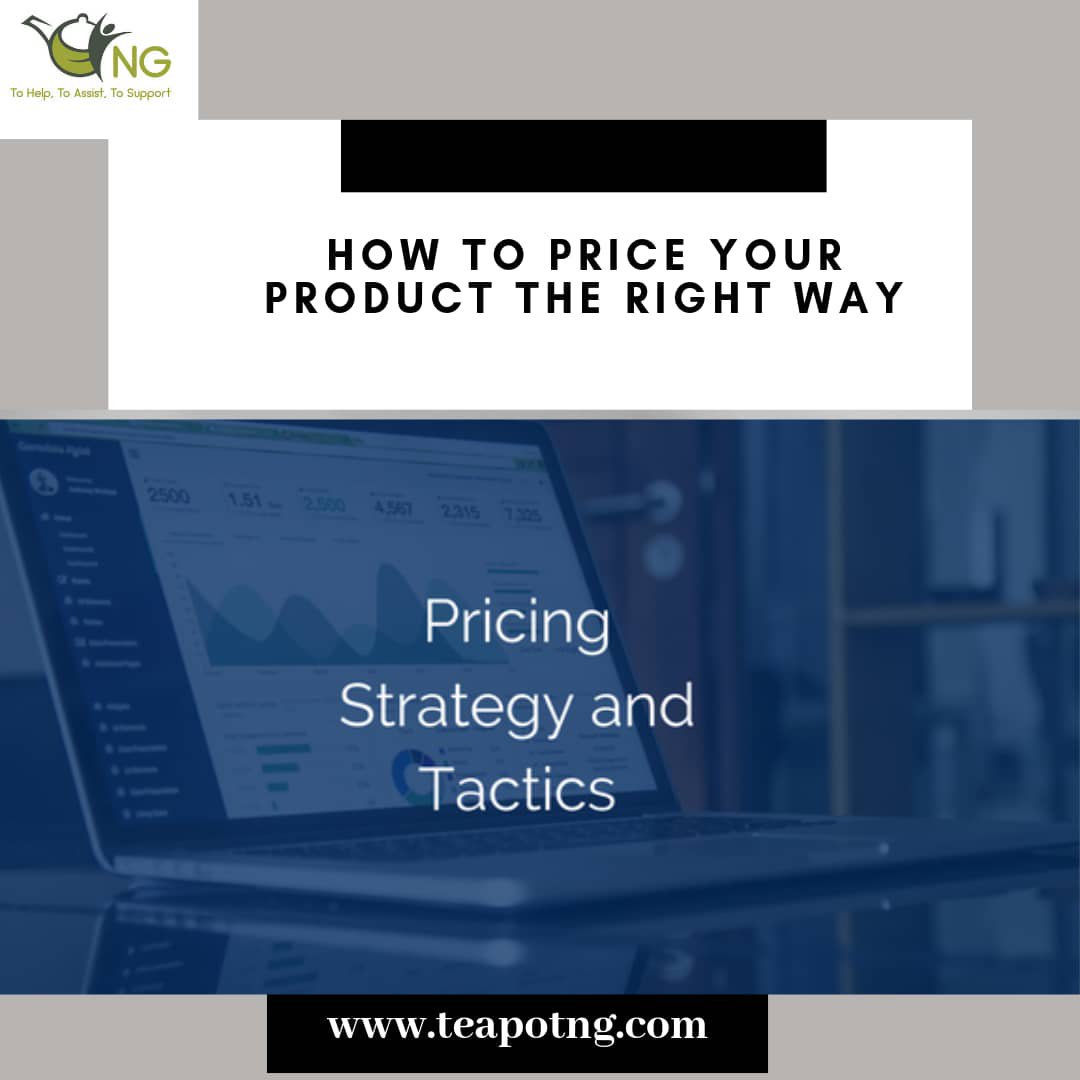Deciding how to price a product can mean the difference between success and failure for your small business. Pricing strategies are a mix of art and science. Deciding what your product should cost or choosing a pricing strategy can be a little intimidating especially for new business owners.
How do you choose your prices? Do you look at competitors’ prices and chose a comparable price, or do you aim lower? Do you factor in labour, materials, and profit? Do you keep your prices low because you are afraid of pricing higher will mean selling less?
We will explore the tips and tricks of product pricing for small businesses.
How to price your product right way.
While customers won’t purchase goods that are priced too high, your business won’t succeed if it prices goods too low to cover all the business’ costs. Along with product, place, and promotion, price can have a profound effect on the success of your small business.
Know your costs.
A fundamental principle of pricing is that you need to cover your costs and then factor in a profit. That means you must know how much your product costs. You also must understand how much you need to mark up the product and how many you need to sell to turn a profit. Remember that the cost of a product is more than the literal cost of the item; it also includes overhead costs.
Know your customers.
Aside from knowing your costs, you also need to find out how much your potential customers are willing to pay. You can determine this figure by looking into how much they are paying for competing products and services similar to yours. Simply matching a price is dangerous, though you need to be sure all your costs both direct and indirect are covered.
Know your competition.
The fastest way to have a rough estimate of what your product pricing should be is to look closely at the competition. Are the products offered comparable to yours? What pricing strategy are they using? What additional value are they offering to customers? Looking into these questions will give you a clear picture of what your pricing model should look like.
Understand the market.
Clearly, you can’t be a soothsayer, but you can keep track of outside factors that will impact the demand for your product in the future. Both internal (organizational) and external (market) factors affect the price of a product. Economists talk about market conditions (pure competition, monopolistic competition, pure monopoly, and oligopoly) being some of the major factors when it comes to product pricing.
Choose a pricing strategy.
Cost-plus pricing involves adding a mark-up percentage to costs; this will vary between products, businesses, and sectors. Value-based pricing is determined by how much value your customers attach to your product. Decide which approach is most suitable for your products before making a calculation.
